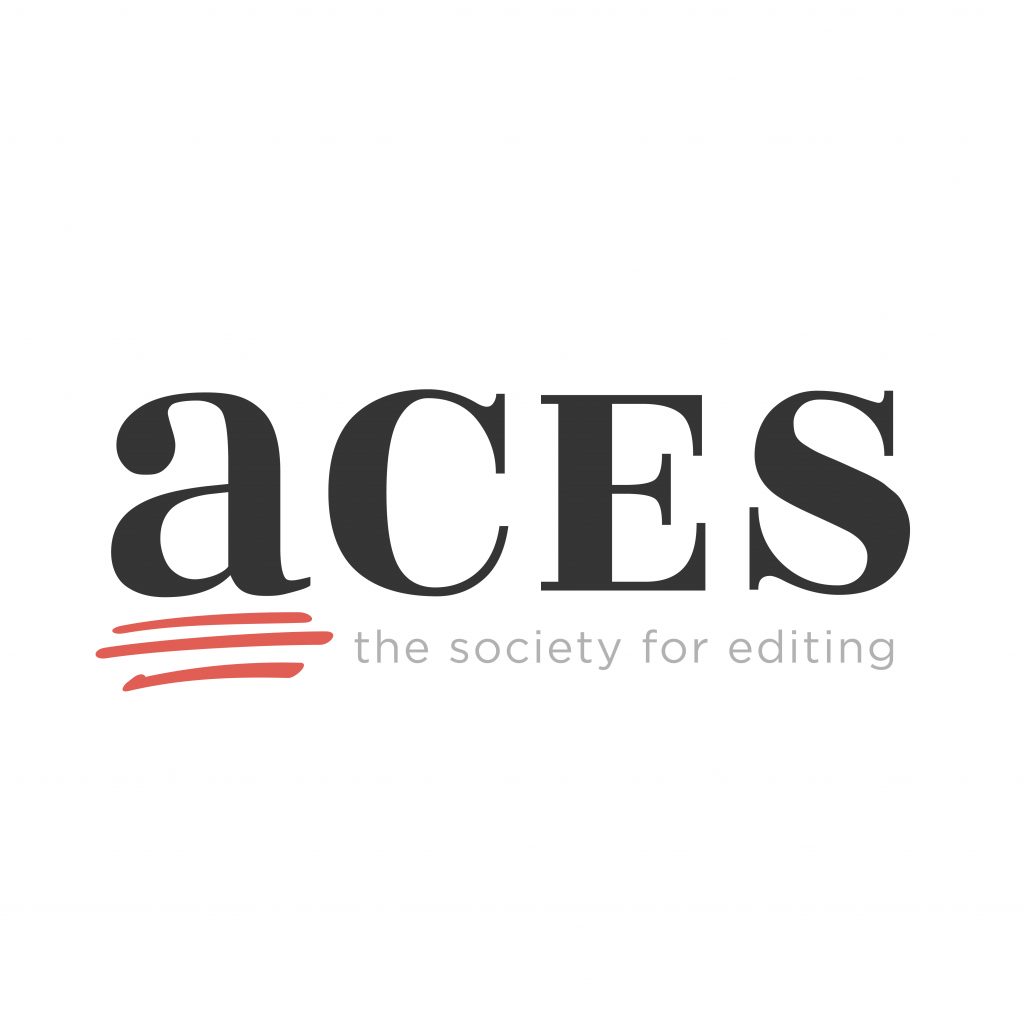 One discussion that came up at an American Copy Editors Society (ACES) Editing Boot Camp a few years back was proper sentence length. When it comes to word count, is there a certain point at which readers just give up?
One discussion that came up at an American Copy Editors Society (ACES) Editing Boot Camp a few years back was proper sentence length. When it comes to word count, is there a certain point at which readers just give up?
I pointed to research indicating that attention span drops after about 14 words. ACES Secretary David Sullivan, on the other hand, gave an example from Richard Ben Cramer at the Philadelphia Inquirer (where David’s been managing editor for years), a 94-word-long sentence full of descriptive language that you could hardly wag a finger at.
The following morning, I read this article in the New York Times on Chelsea soccer star John Terry. It jumped out at me because it uses both very short sentences:
“He hates to miss a match. He plays injured. He plays hard.”
And very long ones, such as this whopper:
“There was the time he was fined £60 (about $97) after leaving his Bentley in a parking spot for the disabled while he went to a pizza restaurant; the time he was thrown out of a bar in Essex after urinating in a beer glass and dropping it on the floor; the time he was investigated, and cleared, by Chelsea after he was accused of charging an undercover reporter money to show him around Stamford Bridge, Chelsea’s stadium; the time he brutally kneed a Barcelona player in the back in the Champions League semifinal last April and denied it until confronted with a videotape that proved he was lying; and the time when he violated the players’ unwritten code of loyalty by, it seemed, cheating on his wife not with a groupie in a bar, but with the estranged girlfriend of one of his teammates.”
Neither sentence is “right”; there’s a place for both. The point, as a writer, is to be aware of what science tells us about readability (reader attention wanes dramatically after word 14) and be sure not to deviate too far from that average. At the same time, we shouldn’t be too dogmatic; writing sounds idiotic and equally unpalatable to readers if every single sentence contains 14 words, for example.
The mark of a skilled writer is judicious use of both longer and shorter sentences, with an overall aim of hitting a 14-word average. It’s also the ability to make knowledgeable decisions to deliberately ignore this metric, as the NYT writer did. (Or as Michael Chabon did in his latest novel—although his 12-page-long sentence may have been taking it too far.)
It’s like learning any other craft. Frank Gehry presumably had to learn the basics of architecture—how to design structures that won’t fall down—before he could design buildings that flout all architectural conventions yet still stand tall, and remarkable, before us.
That’s what beautiful—and effective—writing is about. You have to know the rules and respect them. And then have fun playing with them.
This post was originally published in 2012. It was written by Samantha Enslen, who runs Dragonfly Editorial.


